-
 © Tony Baker/Classic & Sports Car
© Tony Baker/Classic & Sports Car -
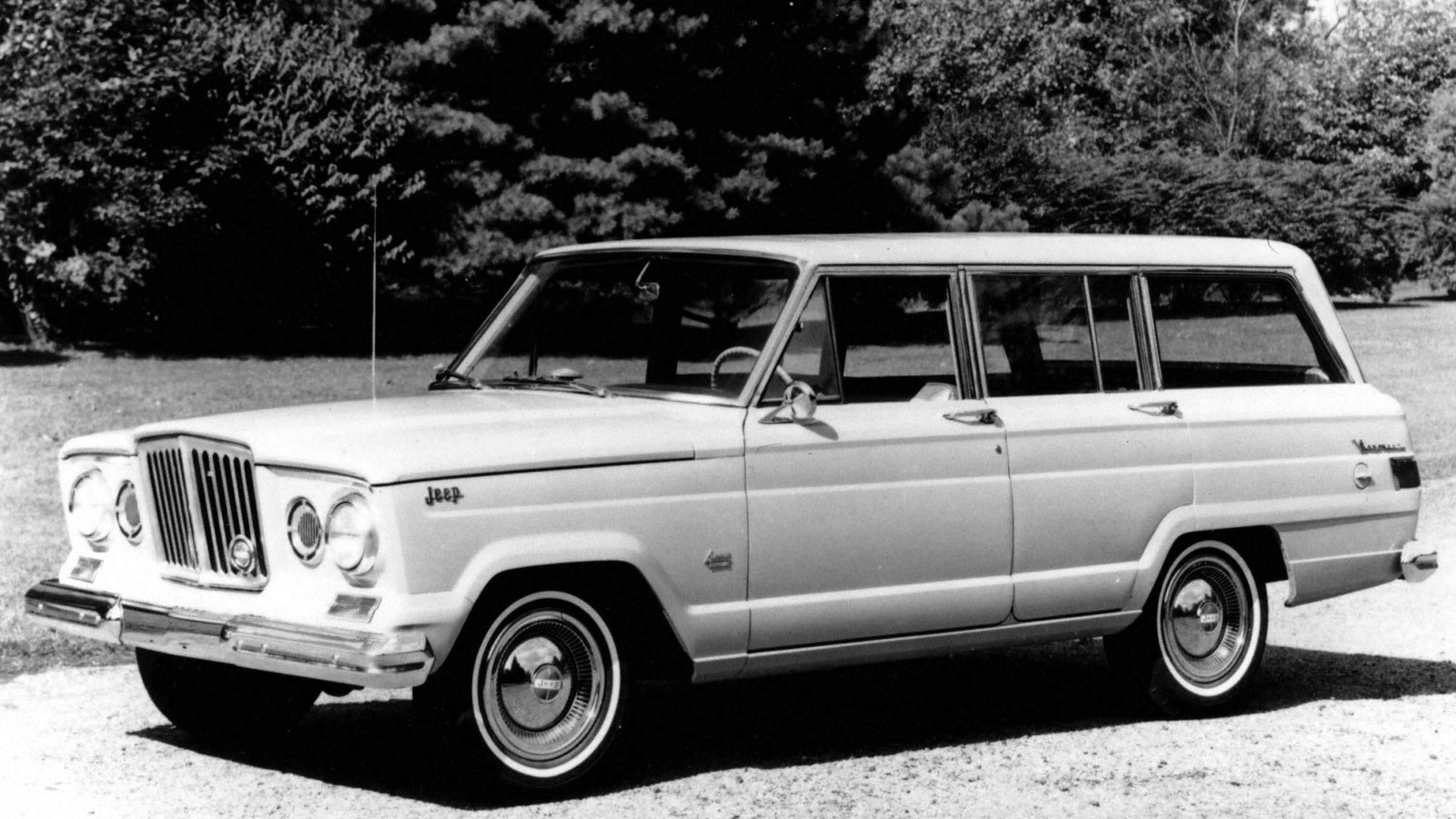 © Stellantis
© Stellantis -
 © Luc Lacey/Classic & Sports Car
© Luc Lacey/Classic & Sports Car -
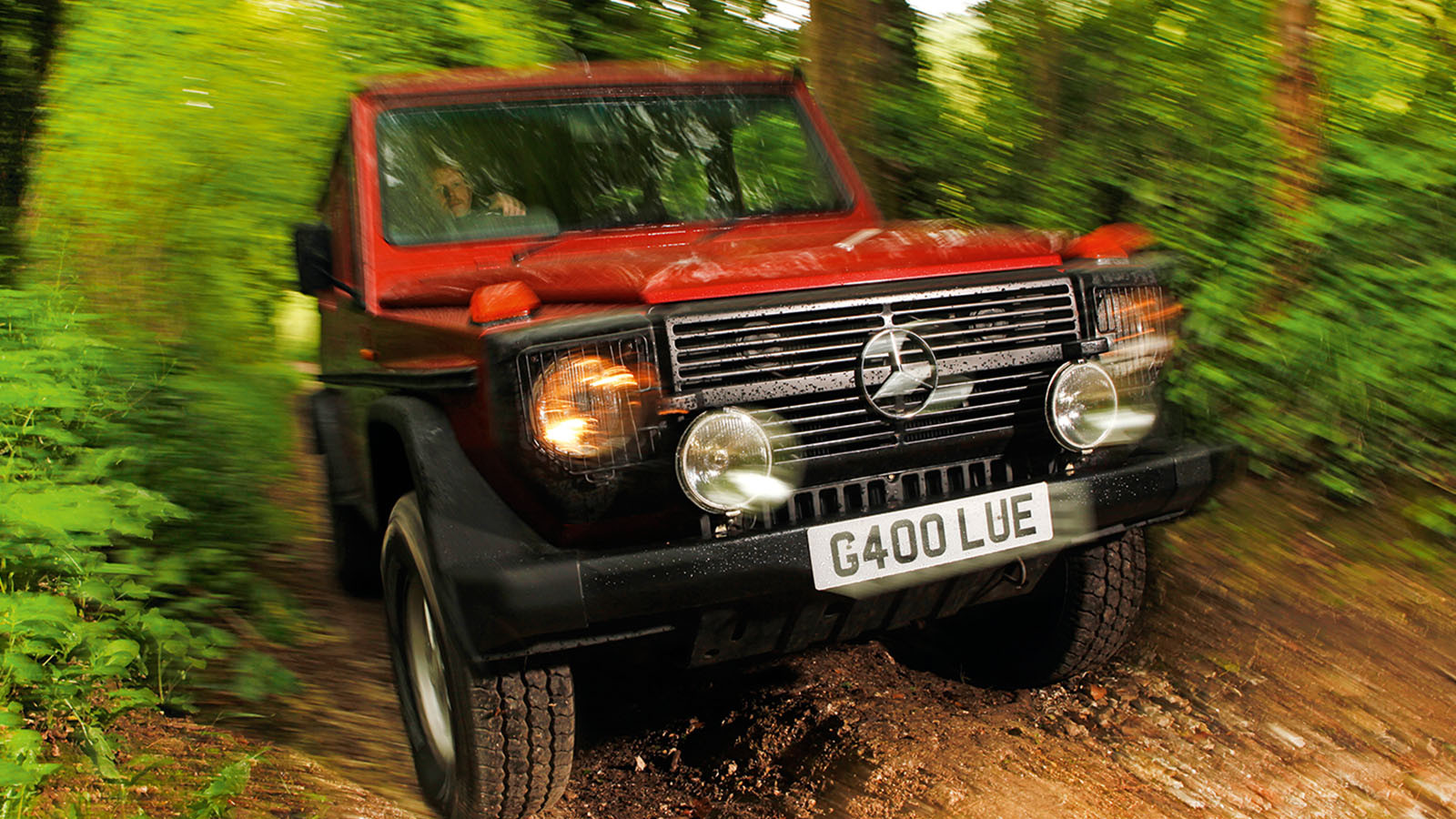 © Tony Baker/Classic & Sports Car
© Tony Baker/Classic & Sports Car -
 © Land Rover
© Land Rover -
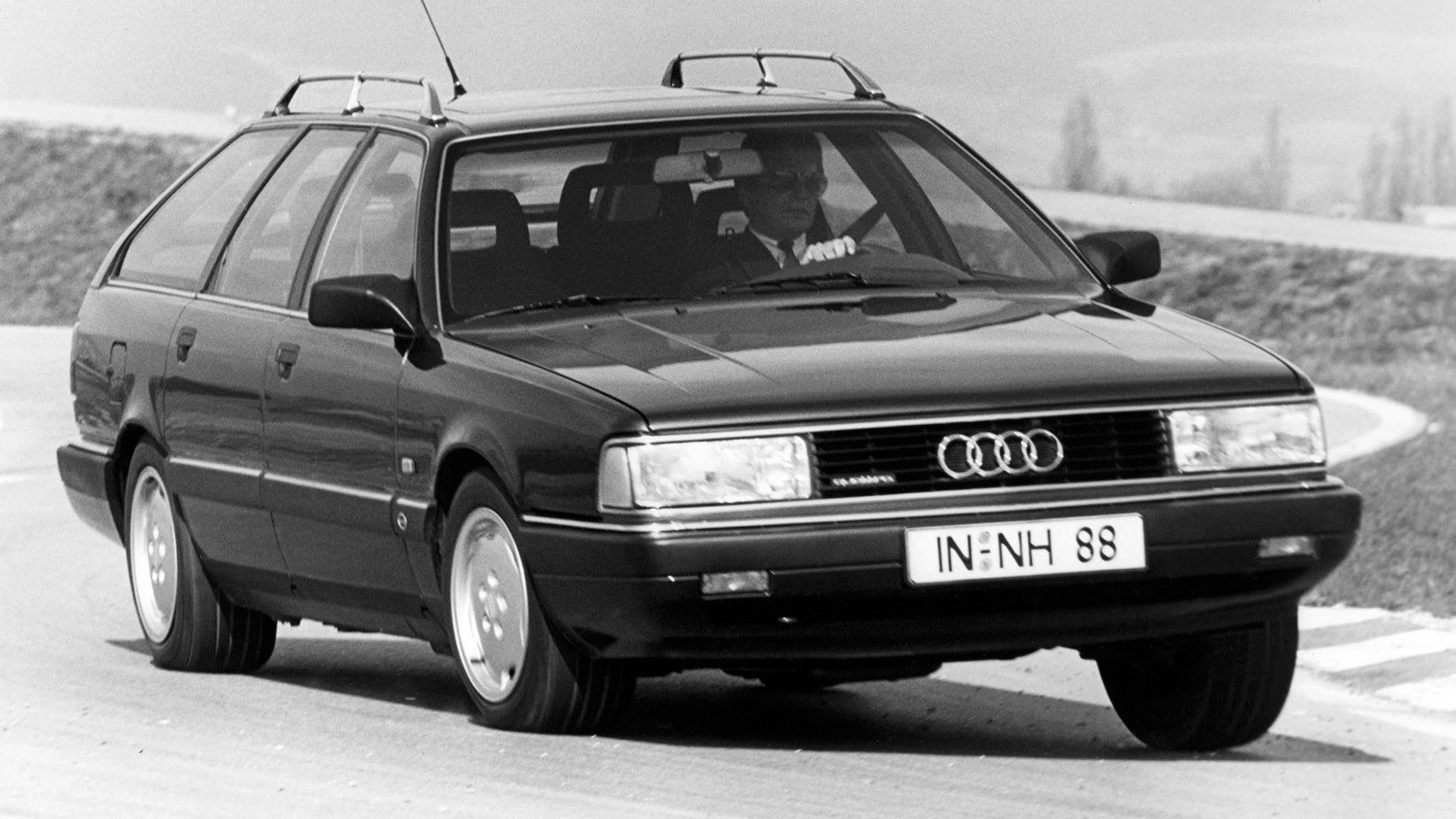 © Audi
© Audi -
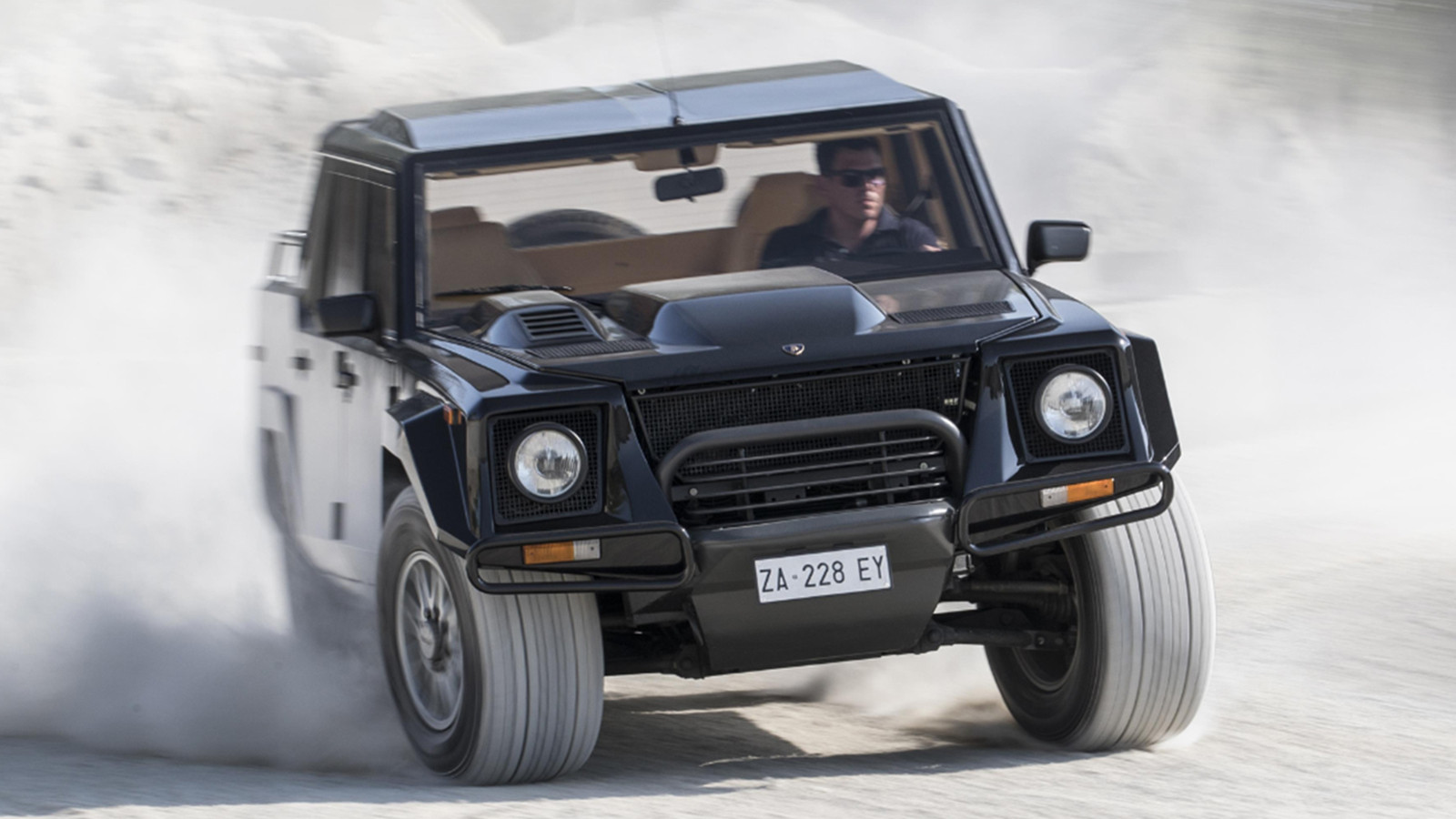 © Lamborghini
© Lamborghini -
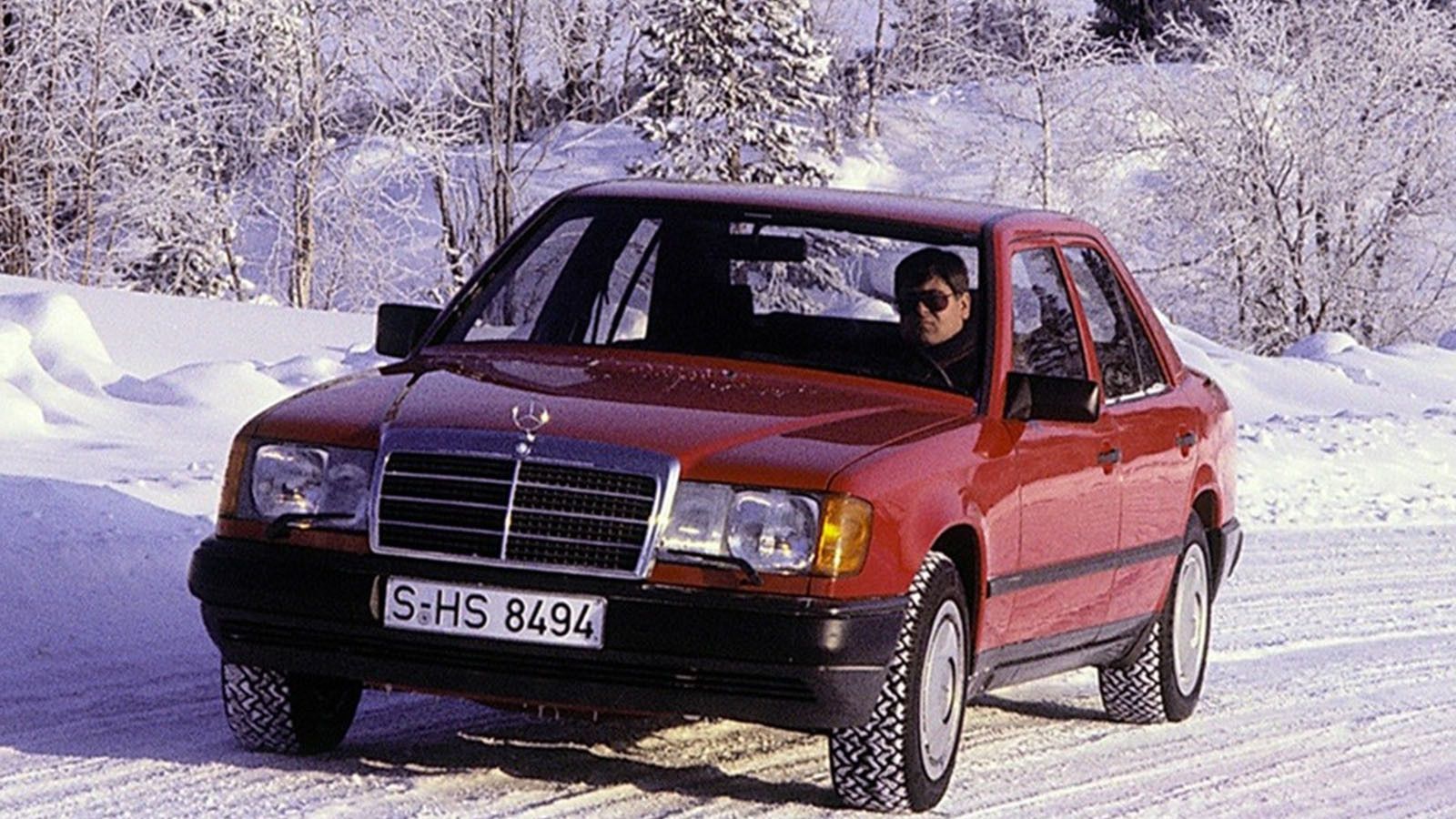 © Mercedes-Benz
© Mercedes-Benz -
 © Porsche
© Porsche -
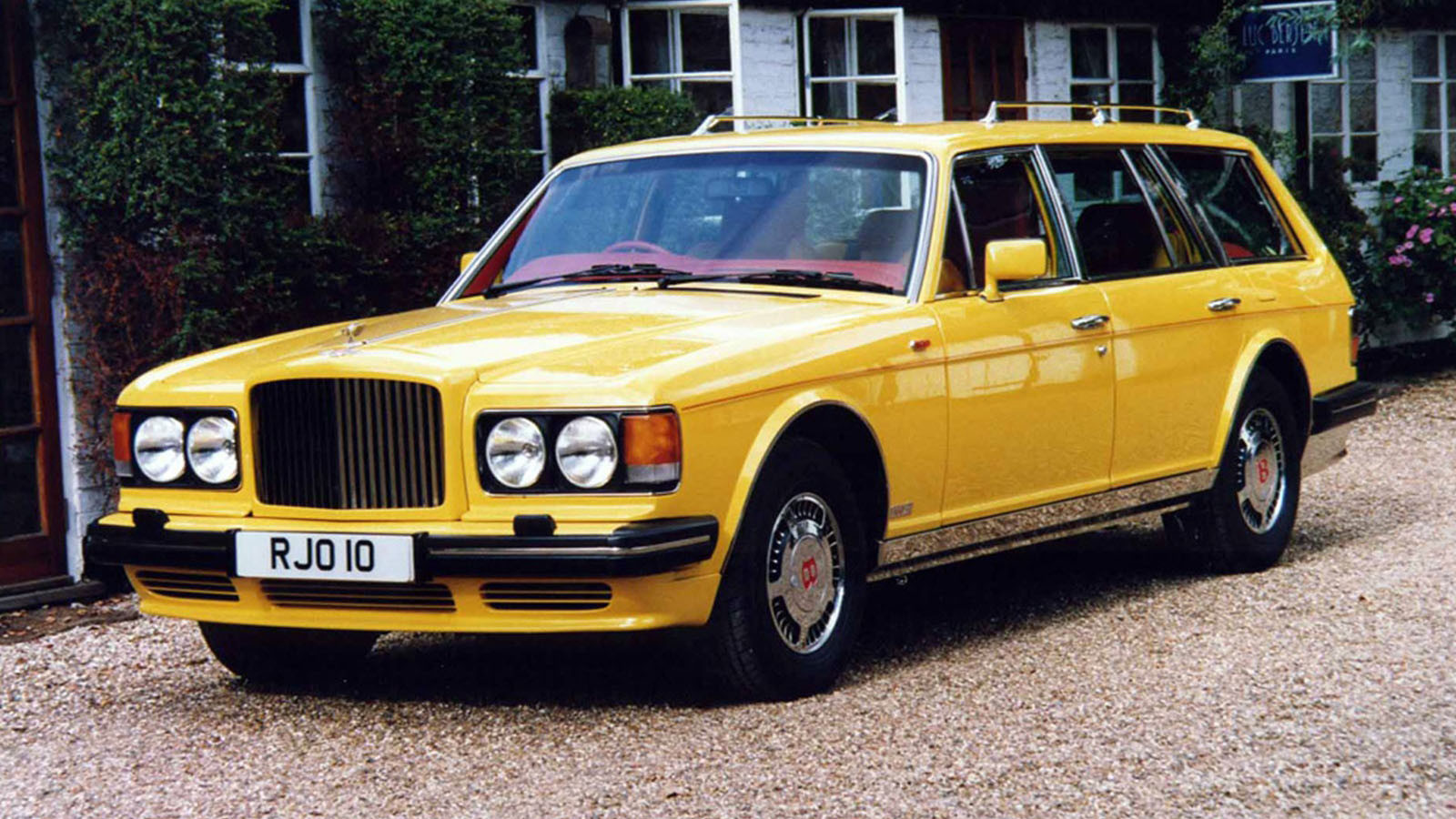 © Robert Jankel Ltd
© Robert Jankel Ltd -
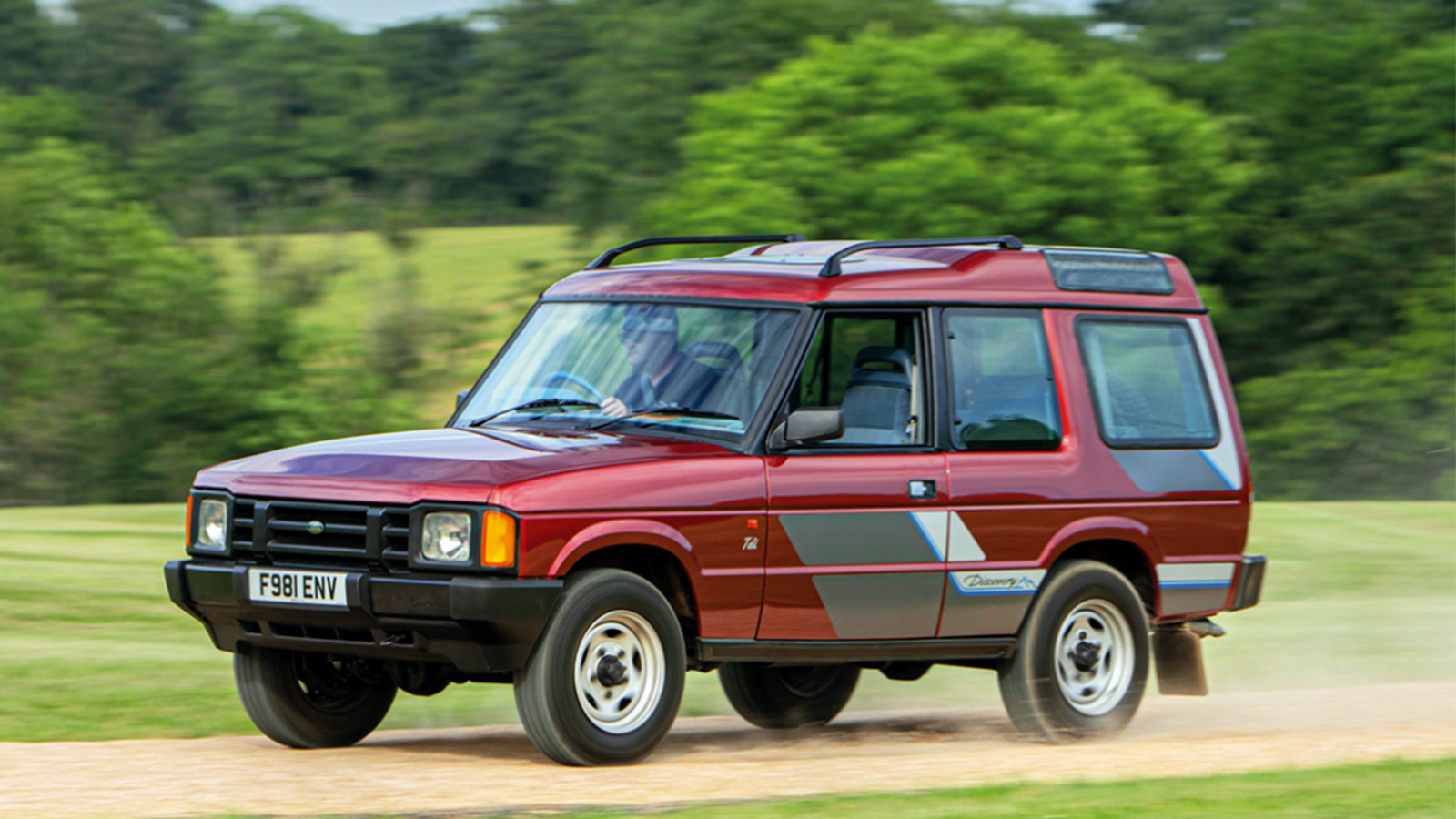 © Classic & Sports Car
© Classic & Sports Car -
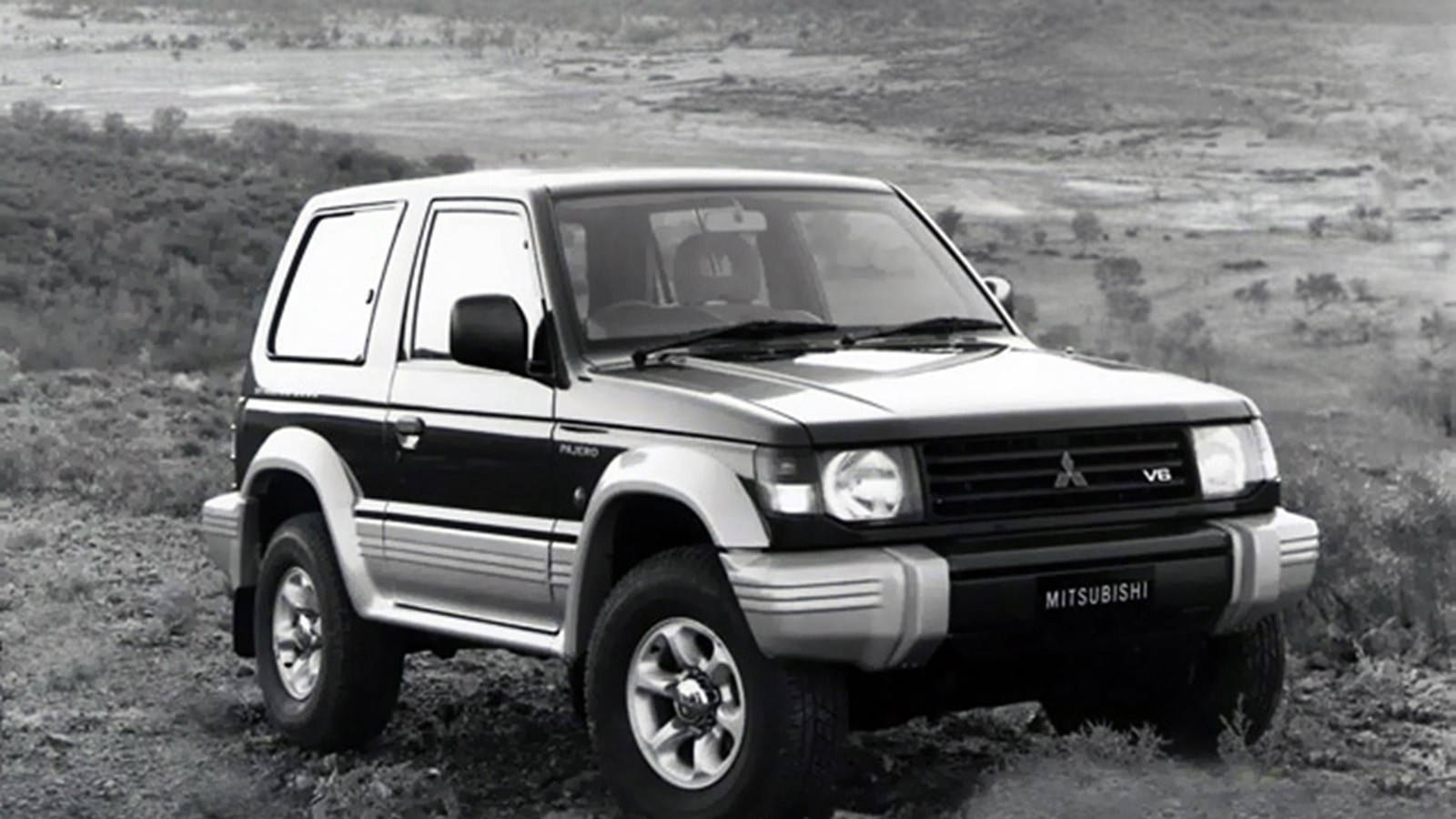 © Mitsubishi
© Mitsubishi -
 © BMW
© BMW -
 © Honda
© Honda -
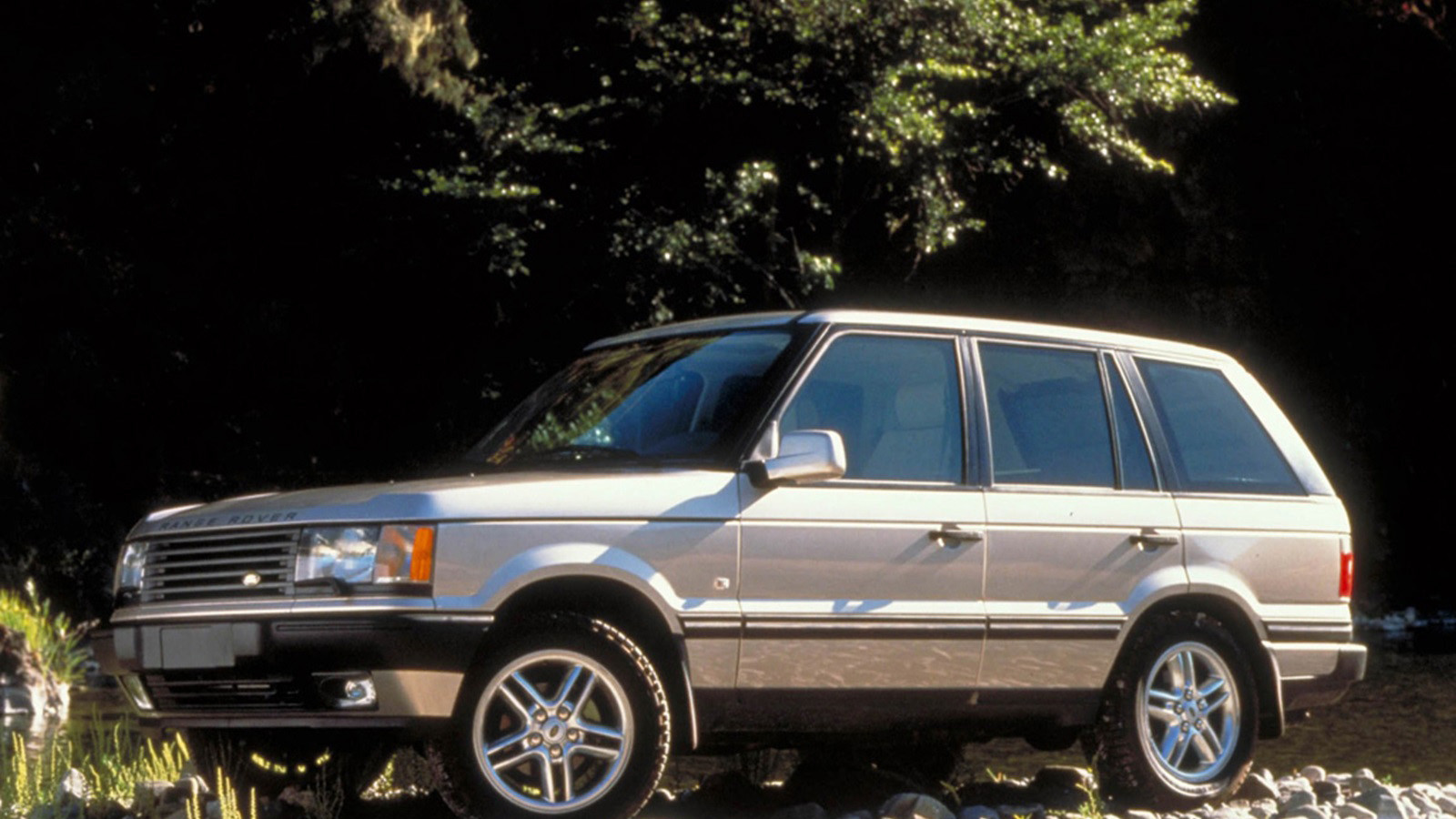 © Land Rover
© Land Rover -
 © Audi
© Audi -
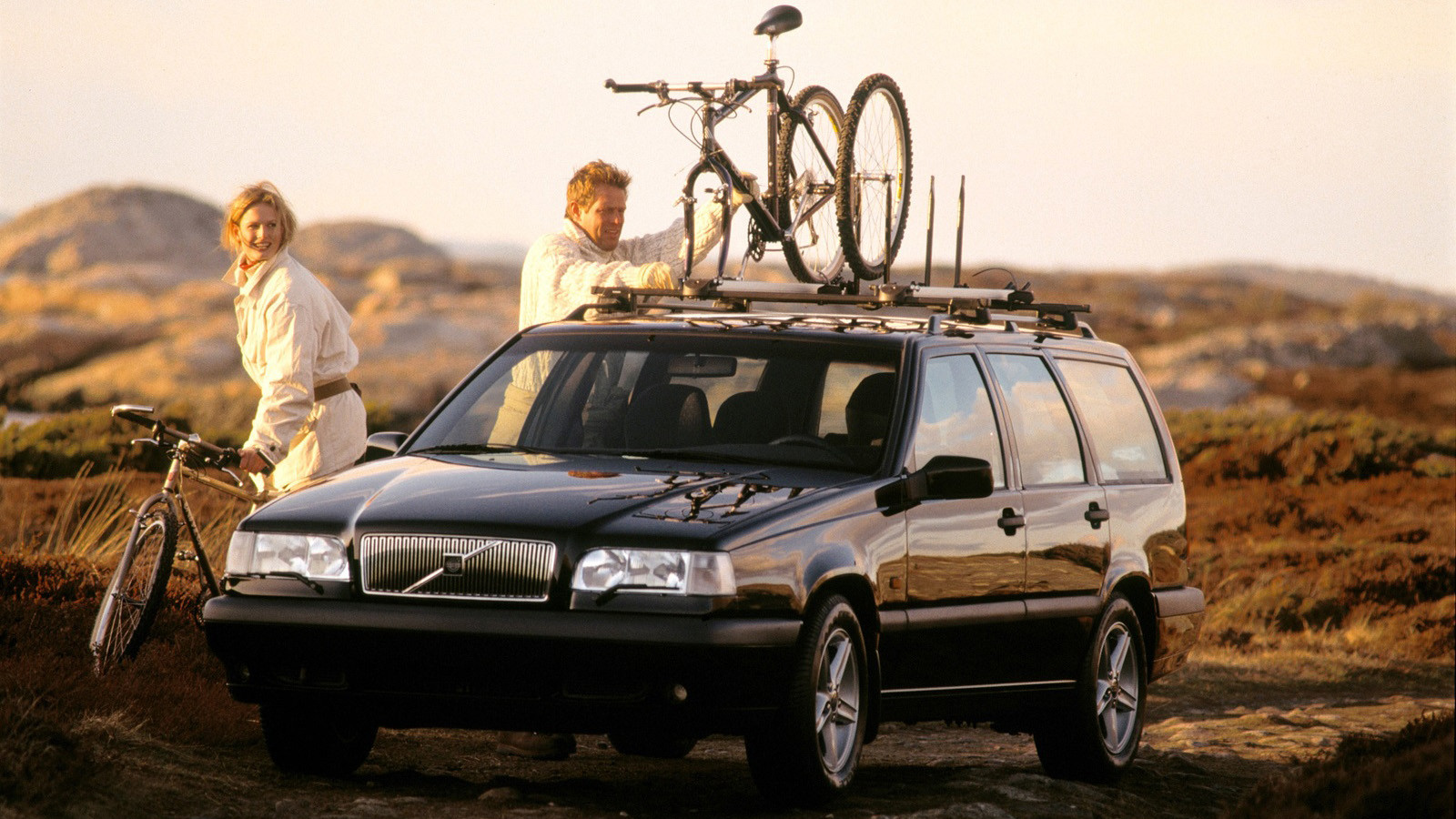 © Volvo Cars
© Volvo Cars -
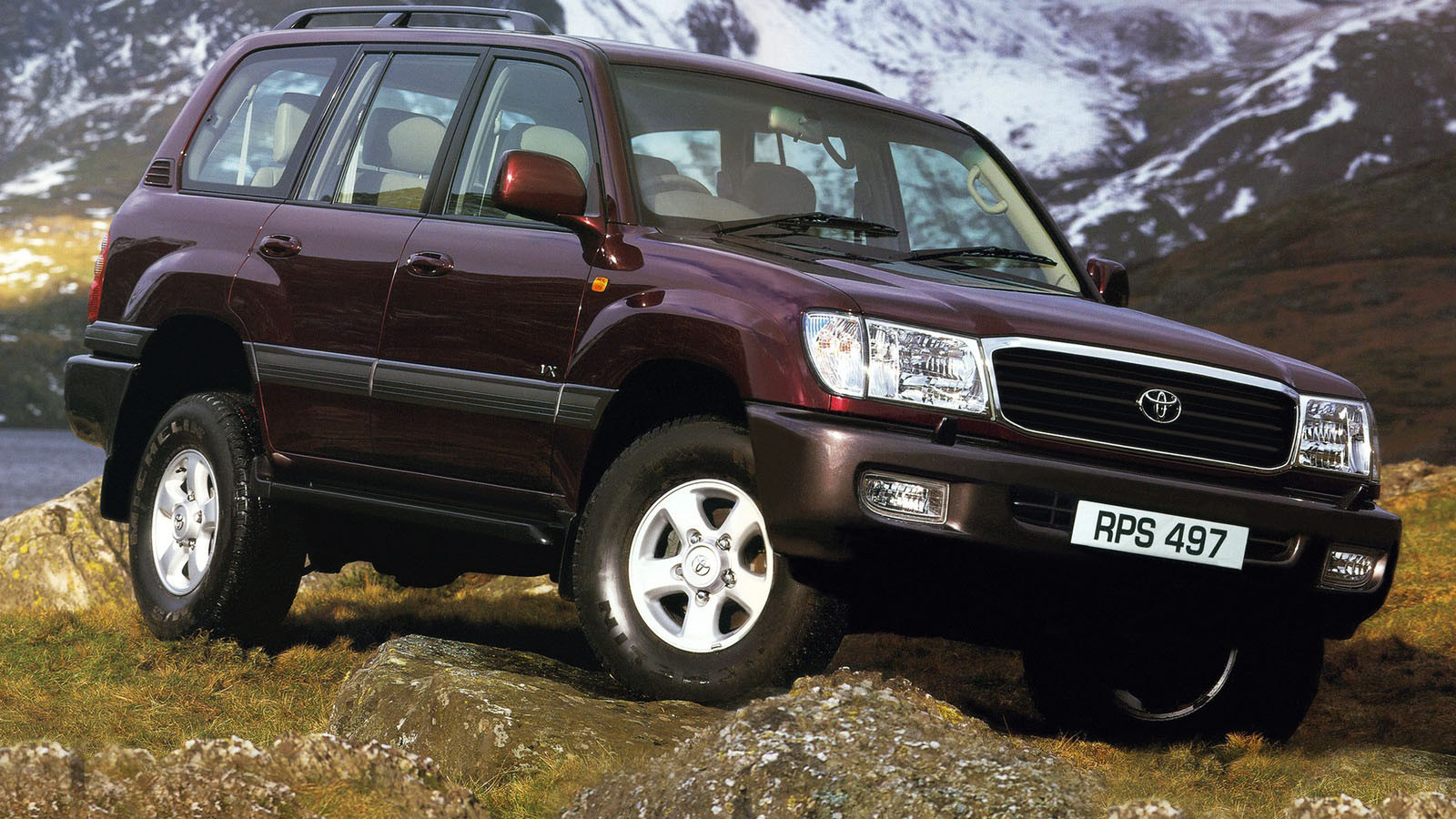 © Toyota
© Toyota -
 © GM Heritage Archive
© GM Heritage Archive -
 © Ford Motor Company
© Ford Motor Company -
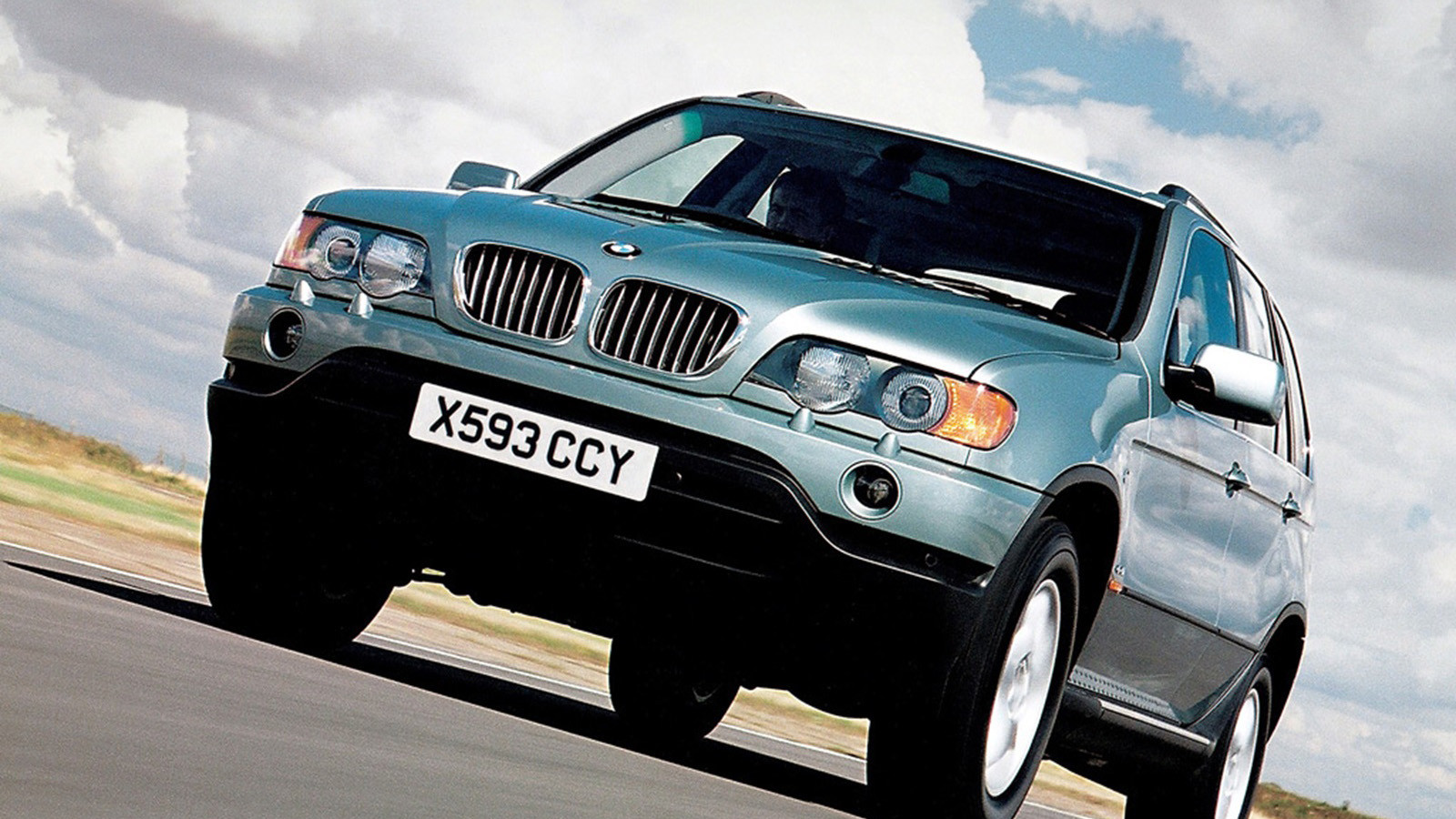 © BMW
© BMW -
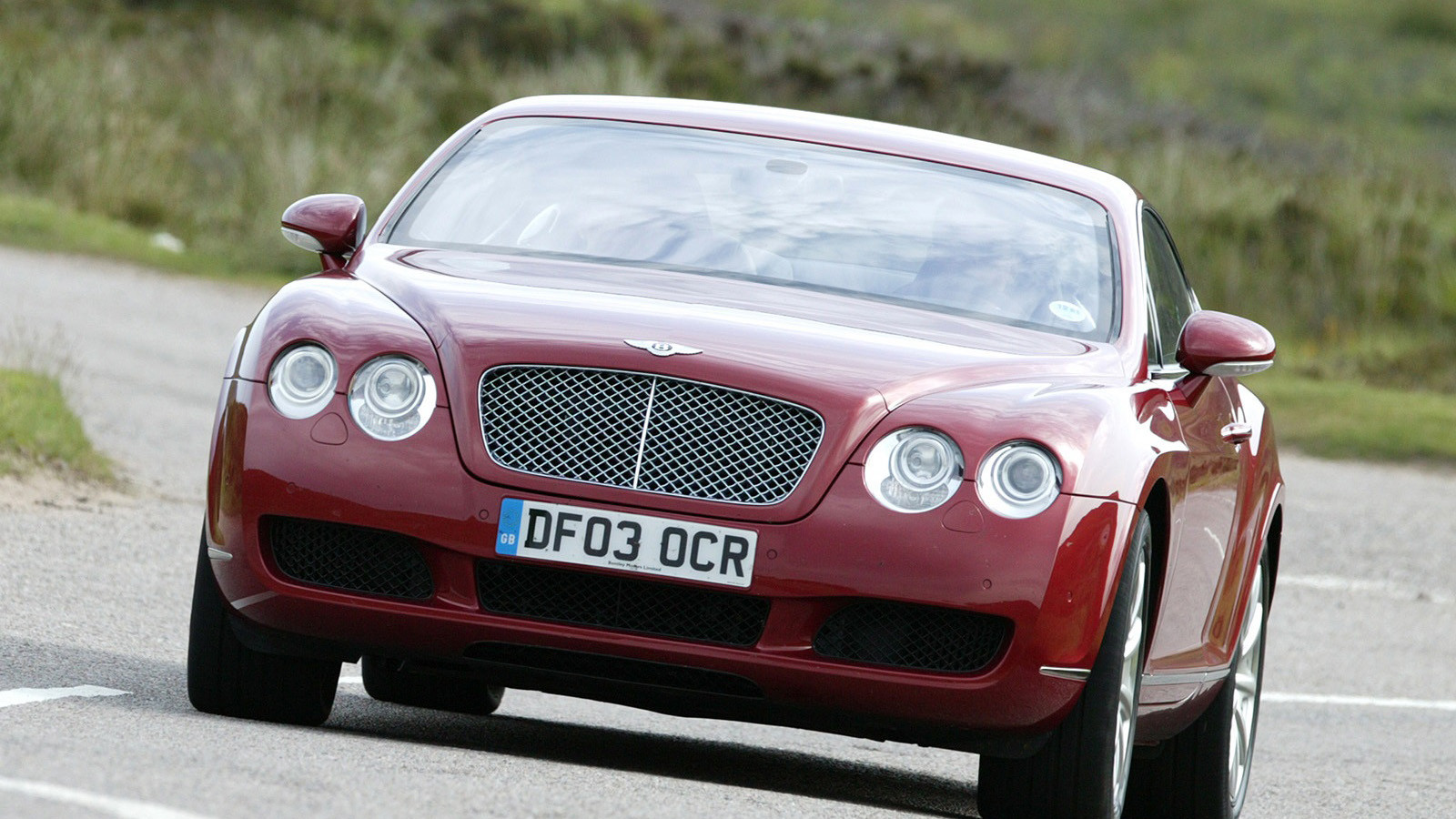 © Bentley Motors
© Bentley Motors
-
All the trappings and all-wheel drive
Four-wheel drive is a common feature on the latest luxury cars, but that was not always the case.
The benefits of superior traction were taken up by many utility vehicles, but adding all-wheel drive to luxury models created some exciting, unusual cars.
As well as the more traditional large and opulent 4x4s, this drive system has been used in luxury saloons, coupés, estates, and even a convertible.
Here’s our look at prestige 4x4s with a twist, arranged in chronological order.
-
1. 1962 Jeep Wagoneer
In the tit-for-tat discussion about who came up with the idea for the first luxury 4x4, Jeep has a strong case with the Wagoneer.
It arrived in 1962 with a full estate body mounted on the same SJ frame as other more utilitarian models from the company.
Yet there was nothing basic about the Wagoneer’s looks and cabin, and the interior had much more in common with upscale saloons than the wipe-clean interiors of pick-up trucks.
A six-cylinder engine was offered to begin with, but that was augmented by a 5.4-litre V8 in 1965, which quickly became the default choice for most buyers.
As the years passed, the Jeep Wagoneer gently evolved and remained in production until the final version left the line on 21 June 1991.
-
2. 1967 Jensen Interceptor FF
The Jensen FF deserved far more sales than the mere 320 cars sold during its production life between 1967 and 1971.
Here was a model more advanced than almost any other luxury coupé then on sale, thanks to its permanent four-wheel drive and anti-lock brakes, helping it make full use of its 6.3-litre Chrysler V8.
A wheelbase stretched by 4in (100mm) over the standard Interceptor also meant better high-speed stability and secure handling.
The Ferguson-developed four-wheel-drive set-up made this an easy high-performance car to use and enjoy, but a price that was double that of the rear-drive Jensen Interceptor held back sales of this innovative machine.
-
3. 1979 Mercedes-Benz G-Wagen
In more recent years, the Mercedes-Benz G-Wagen has been pushed as a full-on luxury SUV rival to the latest Range Rover.
Yet when it was launched in 1979, the G-Wagen specialised in that peculiarly austere form of luxury that Mercedes excelled at.
Build quality and sheer strength were what you bought with the G-Wagen, though there was a fully fitted interior so the Mercedes bridged the divide between a Land Rover and Range Rover.
High prices put off some, but the G-Wagen was much better to drive on the road than its square-rigged looks suggested.
An update in 1990 improved this further and brought more refinement – and the G-Wagen has only become more luxurious since then.
-
4. 1981 Range Rover In Vogue
This model could easily have been called a Wood & Pickett, because this was the company that helped Land Rover create the Range Rover In Vogue.
The very first car was a three-door, built for a photoshoot with the fashion magazine Vogue.
It had a unique paint scheme, centre armrest, wood trim, air conditioning and a carpeted boot. It also had a fitted picnic basket – and was very well received.
To begin with, Range Rover offered the In Vogue as a limited edition of 1000 cars with three-door bodies.
A second run arrived with an automatic gearbox, and a year later there was another In Vogue with a four-door body and three-spoke alloy wheels.
This later style of In Vogue was then adopted for the Vogue trim that became a fixture in the Range Rover line-up in 1984.
-
5. 1984 Audi 200
Using the same sleek body as the Audi 100, the 200 added more power to make this a very advanced, all-wheel-drive, luxury saloon or estate.
The brilliantly comfortable cabin was also very safe and supremely well made, while the Avant estate model further added a vast boot.
All-wheel drive was the icing on the 200’s cake, because it gave sure-footed handling and could harness all of the performance from its engines, which included a lusty 3.6-litre V8.
Only 21,564 V8s were made, while Audi sold 77,571 200s with the five-cylinder engines of this generation that were built between 1984 and 1989.
-
6. 1986 Lamborghini LM002
If the Countach was low-slung and outrageous, Lamborghini’s LM002 was equally eye-catching with its high-riding, off-road appearance.
Conceived from a never-realised military project, the LM002 used the same 5.2-litre V12 motor as the contemporary version of the Countach.
However, this four-wheel-drive Lamborghini had its engine mounted up front, driving through a five-speed manual gearbox. Customers could also opt for a 7.3-litre V12 if they wanted even more brawn.
As well as plenty of power, the LM002 was opulently fitted with leather upholstery, air conditioning and electrically adjusted seats. It also came with custom-made Pirelli run-flat tyres.
Only 301 Lamborghini LM002s were built by the time production ended in 1993.
-
7. 1986 Mercedes-Benz 300E 4Matic
Mercedes-Benz first showed its 4Matic all-wheel-drive set-up in the 124-series saloon and estate ranges at the 1985 Frankfurt motor show, and the cars were on sale the following year.
The 4x4 system was developed with Steyr-Puch, which had helped with the G-Wagen.
It sensed when a wheel lost traction and compensated by sending power to the others.
This blessed the 300E with excellent grip, although the added cost of the four-wheel-drive kit meant it remained a rare sight and only 15,490 were made.
If you could afford the extra, not only did you get unshakeable grip, but also a car that came close to rivalling its S-Class big sibling for refinement, comfort and quality.
Only the more compact, yet still roomy, interior of the W124 held it back from really trampling on the toes of the S-Class.
-
8. 1988 Porsche 911 Carrera 4
The 964 Carrera generation of 911 was not Porsche’s first four-wheel-drive car – that accolade went to the 959 supercar.
However, the Carrera 4 was the company’s first full-production, all-wheel-drive model with a mix of high performance and luxury.
The four-wheel-drive Porsche 911 Carrera 4 arrived a few months ahead of its Carrera 2 rear-wheel-drive sibling.
While some felt the 4’s steering wasn’t quite so full of feel, there was no doubting it was a supreme all-weather sports car.
As well as the pace delivered by the 3.6-litre engine, the Carrera 4 had a superbly constructed cabin, though you would have to tick a few options boxes to make it truly the luxury car to match its price-tag.
-
9. 1989 Bentley Val d’Isere
It may have carried the familiar Bentley Turbo R grille, badge and front end, but the Val d’Isere was built by British specialist Robert Jankel Design.
The Val d’Isere was commissioned by the Sultan of Brunei as a four-wheel-drive Bentley estate car to cope with sandy roads in his home country.
Several were built, but some seem to have been kept in the UK for the royal family to use.
Thanks to the success of the conversion, other customers also approached Jankel to build them a Val d’Isere, too.
-
10. 1989 Land Rover Discovery
It seems so obvious now, yet the Land Rover Discovery was a radical addition to the British 4x4 maker’s range in 1989.
The 90 and 110 models were by then very utilitarian, while the Range Rover had skedaddled further upmarket, which left a yawning gap in between for this new model.
Cleverly, the Discovery made use of the Range Rover’s chassis, suspension and even its V8 engine.
Buyers could also choose a 2.5-litre diesel, which offered more affordable running costs without compromising refinement too much.
Bold new exterior colours were matched by the Sir Terence Conran-styled cabin, which made a virtue of practicality while also being well equipped and chic.
The result was the Discovery was an instant hit – the arrival of the five-door at the end of 1990 only broadened its appeal further.
By 1998 and the launch of the Discovery 2, Land Rover had sold 392,443 of its original Discovery.
-
11. 1991 Mitsubishi Shogun
Earlier Mitsubishi Shoguns were functional in their looks and aims, but in 1991 the car maker did its best to muscle in on the Land Rover Discovery.
It was a serious threat, too, because this new Shogun looked the part to tempt buyers away from their luxury saloons.
Offered in short- and long-wheelbase forms, the handsome Shogun was available with reasonably frugal diesel engines or sweet-revving petrol V6s – and with the V6, the Mitsubishi was more country estate than farmer’s yard.
This idea was not lost in the Shogun’s cabin where you’d find plenty of standard equipment, including leather seats, air conditioning, and off-road gadgets like a compass and inclinometer.
-
12. 1992 BMW 525iX
While Audi and Mercedes-Benz had both adopted four-wheel drive for larger, more luxurious saloon models for some time, it took until 1992 for BMW to follow suit.
It did this by adapting the four-wheel-drive system from its 325iX, launched in 1985, for the E34 generation of 5 Series.
The resulting 525iX could be ordered as a saloon or estate, with the latter an almost perfect blend of understated comfort, space and practicality.
It also went well thanks to the 2.5-litre straight-six engine that delivered 0-62mph in 9.5 secs, when fitted with the five-speed manual gearbox.
In no way an off-road machine, the appeal of the 525iX lay in its ability to deal with wintry roads while providing all the comfort expected of a large BMW saloon.
Even so, sales were modest and fewer than 10,000 525iXs found homes.
-
13. 1993 Honda Crossroad
If the first generation of Honda Crossroad looks more than a little familiar, that’s because it’s a Land Rover Discovery with little but the badges changed for the Japanese market.
The Crossroad came about to circumvent Honda’s lack of a suitable rival for the Mitsubishi Shogun, Nissan Patrol and Toyota Land Cruiser in its home market.
The quick answer was to turn the Discovery into the Crossroad, complete with the 3.9-litre Rover V8 engine under the bonnet. This also makes it the only Honda-badged road car ever sold with a V8 motor to date.
While the mechanical specification was identical to the Discovery’s, Honda offered a lavish ES version with leather upholstery, twin electric sunroofs, cruise control and individual air conditioning for the rear passengers.
-
14. 1994 Range Rover P38A
While Land Rover hedged its bets by keeping the original Range Rover in production alongside the new P38A, this second-generation model was an altogether more luxurious 4x4.
There was still a separate chassis to give the P38A excellent off-road skill, but it came with the 108in-wheelbase that was only offered on the LSE version of the original, which Land Rover now called the Classic.
This gave the P38A a velvety ride on air suspension, which could also vary the ride height for on- and off-road driving.
The Rover V8 engines remained, while a BMW-sourced, 2.5-litre, six-cylinder turbodiesel was a big step on from the previous four-cylinder choice.
Inside, the P38A was roomier, more comfortable, and had far more equipment either as standard or from the options list.
You could even choose satellite navigation, which was very advanced for its time, and set this Range Rover against the likes of the Jaguar XJ and Mercedes-Benz S-Class.
-
15. 1996 Audi S8
By the mid-1990s, four-wheel drive was becoming more common on performance and luxury cars, but what about putting all of these elements into one car? Enter the Audi S8.
The Audi used an aluminium body to counter the weight of its four-wheel-drive system and this lent itself to upping the power-to-weight ratio with a 4.2-litre V8 motor.
It meant the S8 could hit an electronically restricted top speed of 155mph and cover 0-60mph in 6.7 secs – and later versions from 1999 came with even greater performance.
Inside, all was calm in the S8 thanks to leather, Alcantara or wood covering every surface.
It also had all the gadgets and goodies Audi could muster as standard, which helped take the edge off the £60,000 price-tag in the UK.
Even so, plenty chose the S8 as their luxury, all-wheel-drive express and Audi sold 12,267 of this first-generation model worldwide.
-
16. 1996 Volvo 850 AWD
The Volvo 850 had already transformed its maker’s image, bringing front-wheel drive and five-cylinder engines to its larger cars.
Then there were the rapid T5 models and the marque’s entry to the British Touring Car Championship.
All of this was capped by the arrival of the 850 AWD late in the model’s life in 1996, only a year before it was replaced by the V70.
This didn’t stop the 850 AWD from being a brilliantly adept rival to the likes of the Subaru Legacy and Mercedes-Benz E-Class 4Matic, and it could tackle slippery or unmade roads with amazing confidence.
Sat inside the AWD, you were treated to all the niceties that made the 850 a joy to be in. There was the option of leather seats with electric adjustment and heating, an excellent stereo, air conditioning, and plenty of space in the estate-only body. You also got a 2.5-litre engine as standard for strong performance.
-
17. 1997 Toyota Land Cruiser Amazon
To distinguish the top-of-the-line Land Cruiser from the slightly smaller version, Toyota added the Amazon tag, though the name had been used previously for upscale models.
The smaller car that was a rival to the Land Rover Discovery was called Colorado or Prado depending on the market, but the Amazon was very much a Range Rover competitor.
The large Land Cruiser Amazon provided luxury for seven people in its leather-clad cabin. Every buyer also enjoyed climate control, an electric sunroof, a CD autochanger, heated front seats and the most commanding driving position.
While not quite as opulent inside as a Range Rover, the Amazon’s new active suspension gave it a fine ride on the road and offered superb off-road driving.
Both types of use were aided by a choice of a silky 4.7-litre V8, or a refined, straight-six, 4.2-litre turbodiesel if you had half an eye on fuel economy.
-
18. 1998 Cadillac Escalade
Given Cadillac’s position as a major player in the luxury market in the USA and its homeland’s love of large 4x4s, the Escalade was an inevitable addition to the company’s range.
The Cadillac Escalade was also a necessary retort to the Lincoln Navigator as American buyers looked to homegrown alternatives to the Range Rover – what they got was a huge 4x4 with 5.7-litre V8 engine, albeit modestly powered to begin with.
There was nothing modest about the Escalade’s cabin, however. Cushy leather-trimmed and heated seats were joined by air conditioning, a Bose stereo, wood trim, and a vast amount of space for people and luggage.
It could seat five, which was less than a Navigator’s seven seats and something Cadillac addressed in later Escalade generations.
-
19. 1998 Lincoln Navigator
The Ford Expedition and Mercury Mountaineer had both appeared a year earlier, but the Lincoln Navigator of 1998 was the real deal for luxury.
Its vast size put the Navigator into direct competition with the Cadillac Escalade and was further helped by more soundproofing material for the cabin.
The Lincoln’s interior was also decked out with leather and wood trim, leather upholstery, electrically adjustable pedals, climate control, and a third row of seats so it could carry up to eight people. This extra bench could be deleted at no cost to leave a vast load bay.
The model’s increasingly powerful V8 engines helped the Lincoln outsell its arch-rival Cadillac in 1998.
-
20. 1999 BMW X5
BMW had bought Land Rover specifically with developing its own luxury 4x4 in mind. The result was the X5 that arrived in 1999 and upended the segment.
Where previous large 4x4s handled well enough on the road, the X5 brought sports saloon-like levels of competence.
It also absorbed bumps brilliantly thanks to some 7 Series suspension elements in its design, though the X5 was not as able off-road as a Range Rover.
Few would worry about that as they sat in the BMW’s comfortable, leather-lined cabin that featured all of the latest gadgets and toys you could want, if you were prepared to go all the way with the options list.
A choice of petrol and diesel engines made the X5 anything from brisk to outright rapid, and the later 4.6is and 4.8is models brought serious punch and 0-60mph in 6 secs.
The legacy of this first BMW X5 is it set the benchmark that others were judged by, forcing all of its rivals to up their game.
-
21. 2003 Bentley Continental GT
If Bentley had been about genteel Savile Row luxury before, the 2003 Continental GT was High Street off-the-peg style by comparison.
Some were riled by its Volkswagen boss’ input, but the W12 engine gave the GT more than enough oomph and prestige.
Buyers quickly flocked to Bentley showrooms to order their GT and the company had taken more than 3000 deposits ahead of the car’s launch.
The mix of bespoke Bentley interior, supercar pace and all-wheel-drive usability proved irresistible, and Bentley has never looked back since.
In 2006, a GTC convertible was added and Bentley offered a number of faster or more opulent limited-edition models.
Yet the fundamental formula retained its allure throughout the first-generation GT’s life up to its 2011 replacement, and this all-wheel-drive car secured the company’s future.
